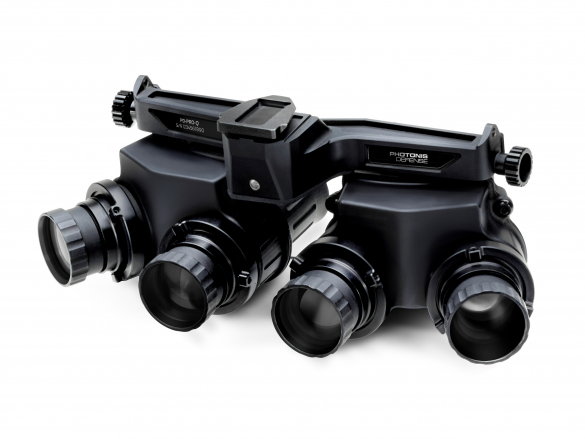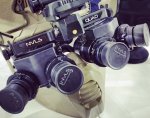Hi everyone, Photonis Defense released their Monos, Binos and Quads see
https://www.photonisdefense.com/introducing-pd-pro-series. "Hybrid 18mm," what that means is they reduced the size of the standard 18mm tube and made it thinner, by quite a bit. Not as small as the 16mm but smaller than a standard L3, Elbit or Photonis 18mm. All tubes used in the systems are their 4G tubes. The 4G is their "Milspec" tube. The ECHO tube from Photonis that you see on the internet is their commercial variant, meaning not as good as the 4G. All Photonis tubes for night vision are filmless. The reason they are filmless is that they don't use GaAs coatings. The GaAs coatings are what formed the initial reason for the films required for Gen3 tubes. The film reduced the degradation of the GaAs coatings to bring the Gen3 tubes in line with the lifetime performance of the Gen2 tubes. The Quad is exceptionally comfortable, if you get a chance to wear one for a few hours check it out. The Bino is spectacular in terms of the size and weight. The performance of the tubes themselves are fantastic although at the end of the day it's the Mod I Mark I eyeball that determines if its the best for you. What these goggles/tubes excell in is edge to edge clarity, resolution, extremely fast Auto-Gating Response time, contrast, Halo, and resolution under brighter light conditions where the lp/m don't drop below 57. L3's will drop down to the mid 30's. Finally, when its dark enough to have to go to IR illumination the 4G extended bandwidth will allow you to use a 1064 illuminator, which wouldn't be as easily seen by other NVGs, but its like using a flashlight to a 4G powered system.

 fragoutmag.com
fragoutmag.com





